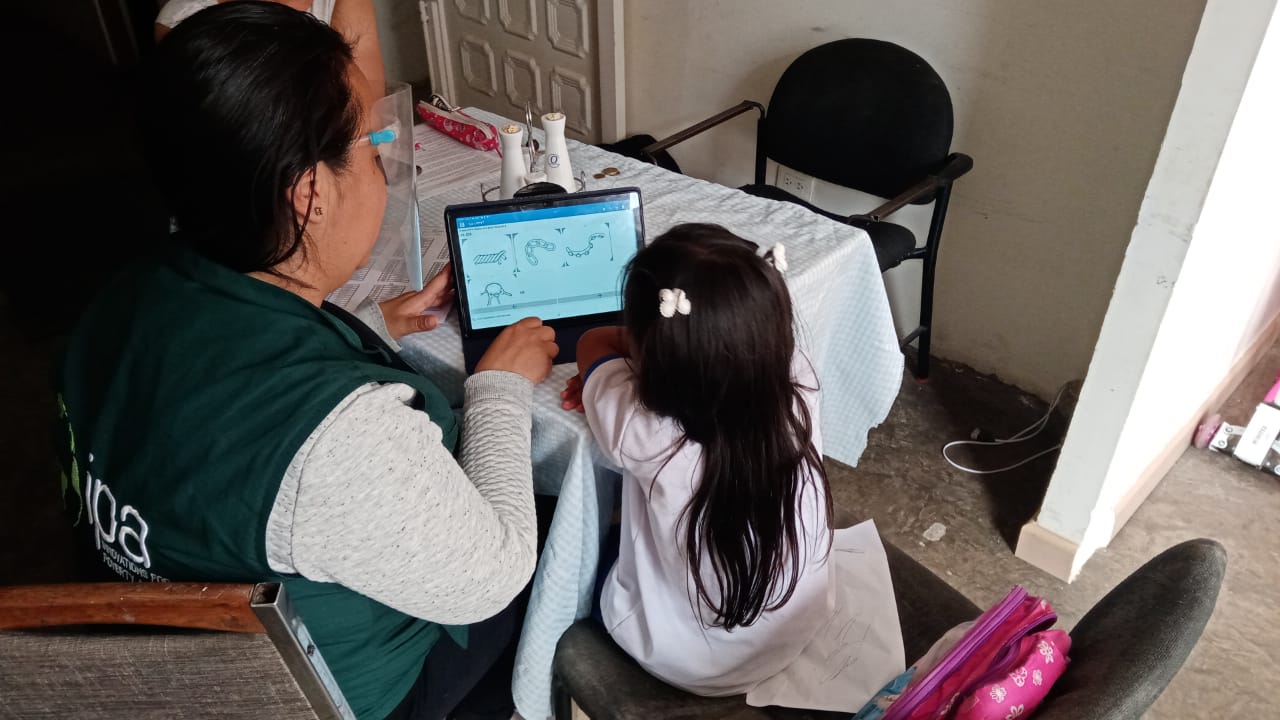By Jenna Somers
Researchers at Vanderbilt University and William & Mary may have found a promising approach to education reform that could help provide high-quality education to students from low-income families. Results from a study on the quality of public-private partnership schools in Bogotá, Colombia—known as schools in administration—demonstrate that students enrolled in these schools scored higher in cognitive and social-emotional skills than students of similar socio-economic and demographic backgrounds who did not enroll in these schools. Parents and guardians also reported higher satisfaction with the schools in administration and a lower likelihood of transferring to another school.
Much like charter schools in the United States, schools in administration are privately managed but publicly funded. Colombia seeks to leverage both sectors to more efficiently use public resources to provide a better-quality education to students from low-income backgrounds. To ensure the quality of these schools, the government holds them to the same accountability standards as public schools. Furthermore, non-profit organizations selected by the government to manage these schools must demonstrate prior experience managing high-quality private schools.

“The benefits in cognitive and social-emotional outcomes for students at these schools could potentially shift the approach to public education in Colombia. Based on the positive results for students and the satisfaction of parents, these schools not only deliver a quality education, but they promote community confidence,” said Felipe Barrera-Osorio, the study’s principal investigator and associate professor of public policy, education, and economics at Vanderbilt Peabody College of education and human development.

Students’ cognitive skills—those related to thinking, learning, and problem-solving—were measured by the Peabody Picture Vocabulary Test. Those with superior scores on the test demonstrated better social understanding, emotional health, and well-being. Parents of students in schools in administration seemed to notice the enhanced quality, as only 10 percent of them indicated a desire to change schools, compared to 37 percent of parents whose children were not enrolled in these schools.

Barrera-Osorio and co-PI Andrew Dustan, assistant professor of economics at William & Mary, note several key benefits of schools in administration that may support positive outcomes for students. These schools employ more full-time psychologists and provide more professional development training to teachers compared to traditional public schools. In particular, teacher trainings focus on classroom management and content, whereas teacher trainings in public schools focus more on coexistence in school and managing socio-emotional characteristics of students. That said, the researchers found that schools in administration and public schools collaborate through teacher networks to improve teaching practices.
While the findings from the study offer much promise for the future of providing cost-effective, quality education to students from low-income families in Colombia, the researchers say it is vital to further study the performance, benefits, and characteristics of schools in administration.
Importantly, this is the first study to compare students who applied to schools in administration and were assigned a spot with students who also applied and did not receive a spot. The Colombian government created a priority index of students based on socio-economic status and demographic background. The researchers formed pairs of students who each had the same score on the priority index. Through a lottery system, one student received a spot in a school in administration and the other student did not. Key to the validity of the findings is that the students’ profiles were identical, except whether they attended a school in administration.
This study was conducted in collaboration with Innovations for Poverty Action Colombia and the Bogotá Secretary of Education. It was supported by a one-year, $400,000 grant from the National Science Foundation.